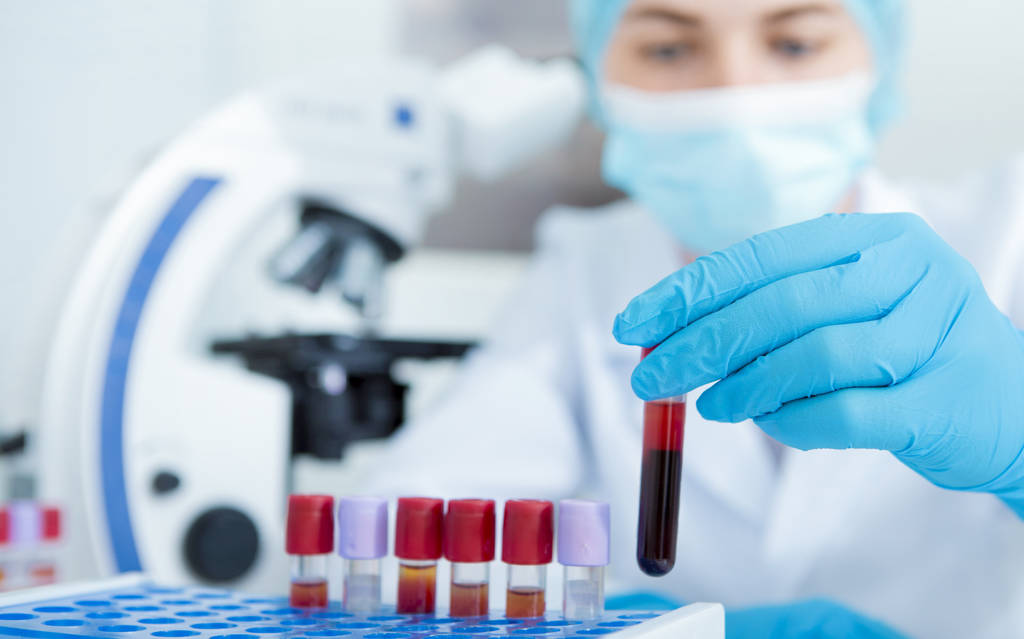The advancement of science and technology has revolutionized various aspects of our lives, including the field of genetics. Paternity DNA tests, in particular, have emerged as a powerful tool to establish biological relationships between individuals. These tests provide accurate and conclusive results, helping individuals determine the paternity of a child with a high degree of certainty.

In this article, we will delve into the science behind paternity DNA tests, exploring their methodology, reliability, and the impact they have on individuals and families.
Understanding DNA and Genetic Inheritance:
To comprehend the intricacies of paternity DNA testing, it is crucial to understand the basics of DNA and genetic inheritance. DNA (Deoxyribonucleic Acid) is the genetic material that carries the instructions for the development and functioning of all living organisms. It is composed of a unique sequence of nucleotides, which serve as the building blocks of life. Each person’s DNA is unique, with the exception of identical twins.
Genetic inheritance occurs when biological traits are passed down from one generation to the next. In humans, the majority of genetic information is stored within the nucleus of cells, organized into structures called chromosomes. Humans have 23 pairs of chromosomes, with one pair determining an individual’s sex (XX for females and XY for males).
Paternity DNA Testing Methodologies:
Paternity DNA tests utilize various methodologies to determine biological relationships. The most common method is the STR (Short Tandem Repeat) analysis. STR analysis examines specific regions of the DNA that contain repeating sequences of nucleotides. These repeating sequences vary in length between individuals, making them ideal for determining genetic relationships.
The process begins by collecting DNA samples from the alleged father, the child, and the mother (optional). The samples are usually obtained through non-invasive methods, such as buccal swabs, which collect cells from the inside of the cheek. These cells contain DNA, which can be extracted and analyzed.
The DNA samples are then subjected to laboratory analysis, where the STR regions are examined. The number of repeats in each region is compared between the child and the alleged father. If the child has inherited the specific repeats from the alleged father, it provides strong evidence of a biological relationship.
Reliability and Accuracy:
Paternity DNA tests are highly reliable and accurate when performed by accredited laboratories using proper protocols. The results of these tests have a confidence level exceeding 99.9%, making them the gold standard for determining paternity.
However, it’s important to note that the involvement of a laboratory and proper sample collection procedures are crucial to obtaining accurate results. Mishandling of samples or contamination can compromise the integrity of the analysis and lead to erroneous conclusions.
Ethical Considerations and Emotional Impact:
While paternity DNA tests offer a scientifically sound method for establishing biological relationships, they also raise ethical considerations and can have emotional implications for the individuals involved. The decision to undergo paternity testing should be made with careful consideration of the potential consequences and the well-being of all parties involved.
In some cases, the results of a paternity test can challenge established family dynamics, leading to emotional distress and strained relationships. It is important to approach such tests with sensitivity and understanding, recognizing that the truth revealed may have profound effects on the individuals involved.

Legal Implications:
Paternity DNA tests can have significant legal implications, particularly in cases involving child custody, inheritance claims, or financial support. The results of these tests can be used as evidence in legal proceedings, enabling individuals to establish or contest parental rights and responsibilities.
It is essential to consult with legal professionals who specialize in family law to fully understand the legal implications and requirements of paternity DNA testing in your jurisdiction.
Learn more at Wiki as well.
